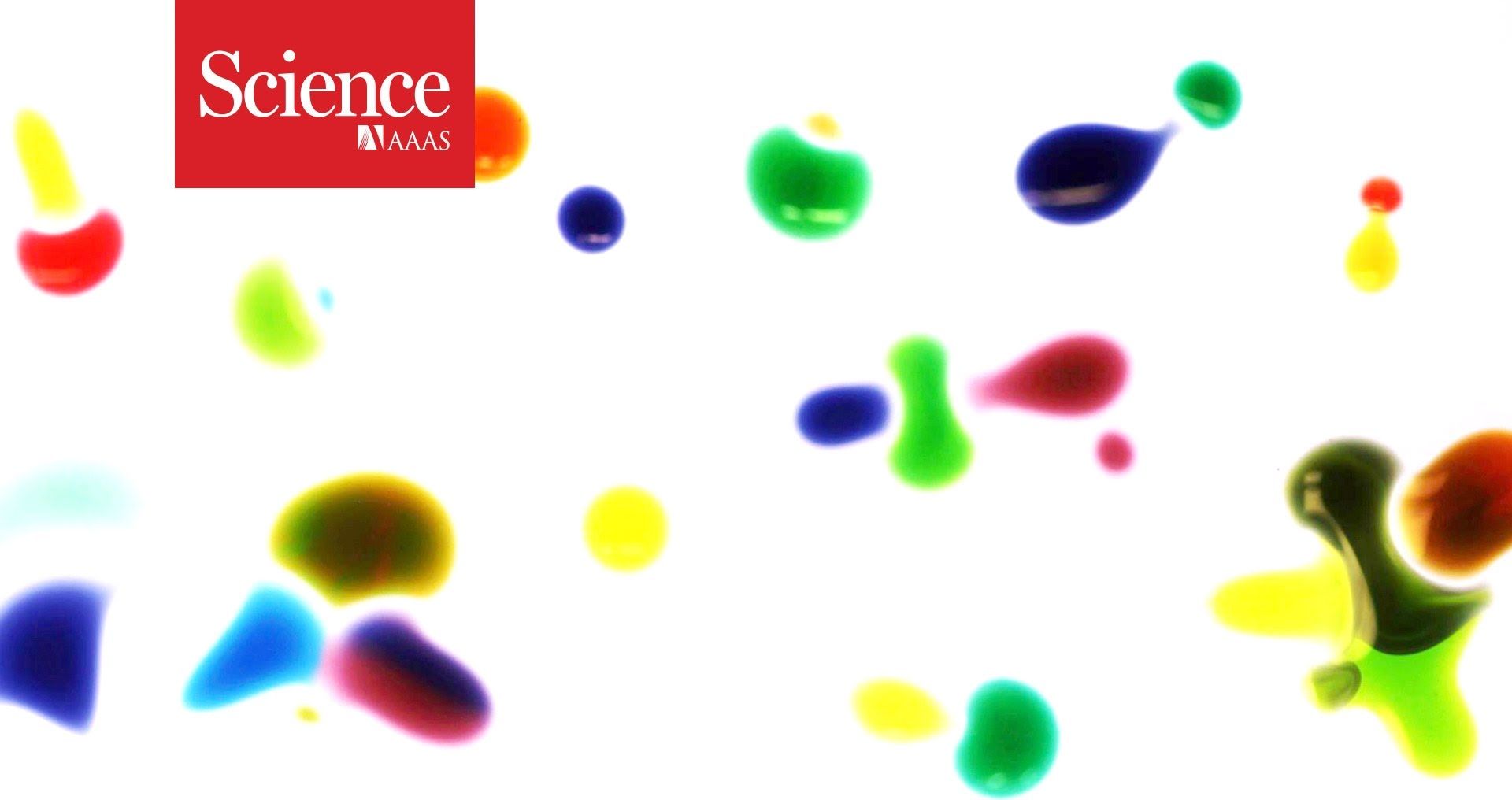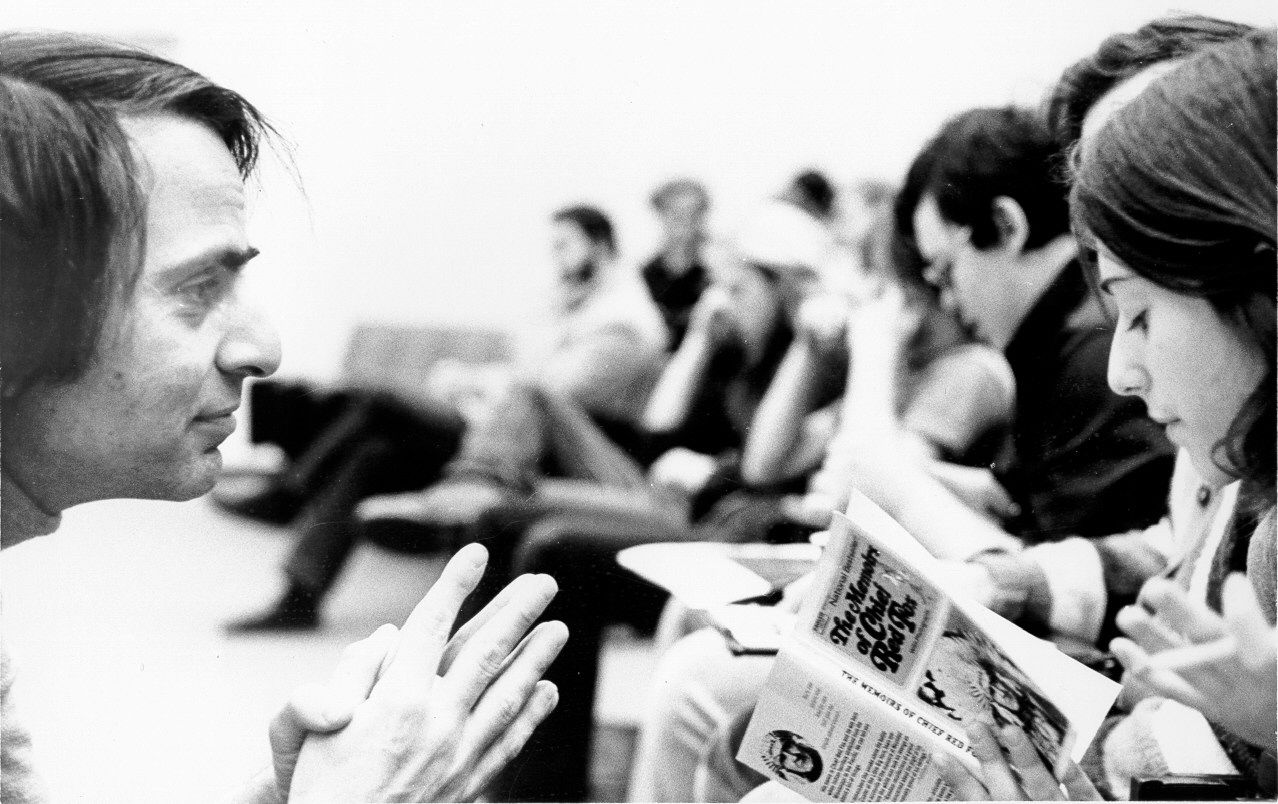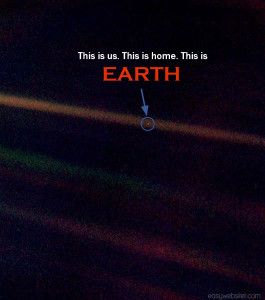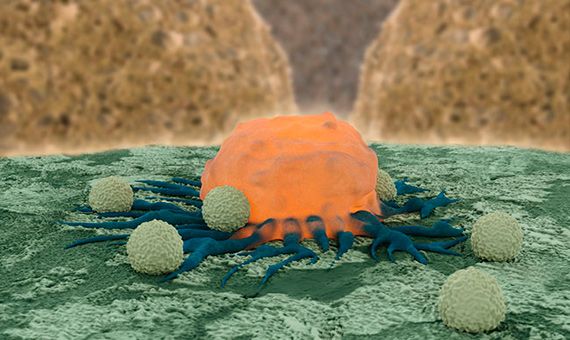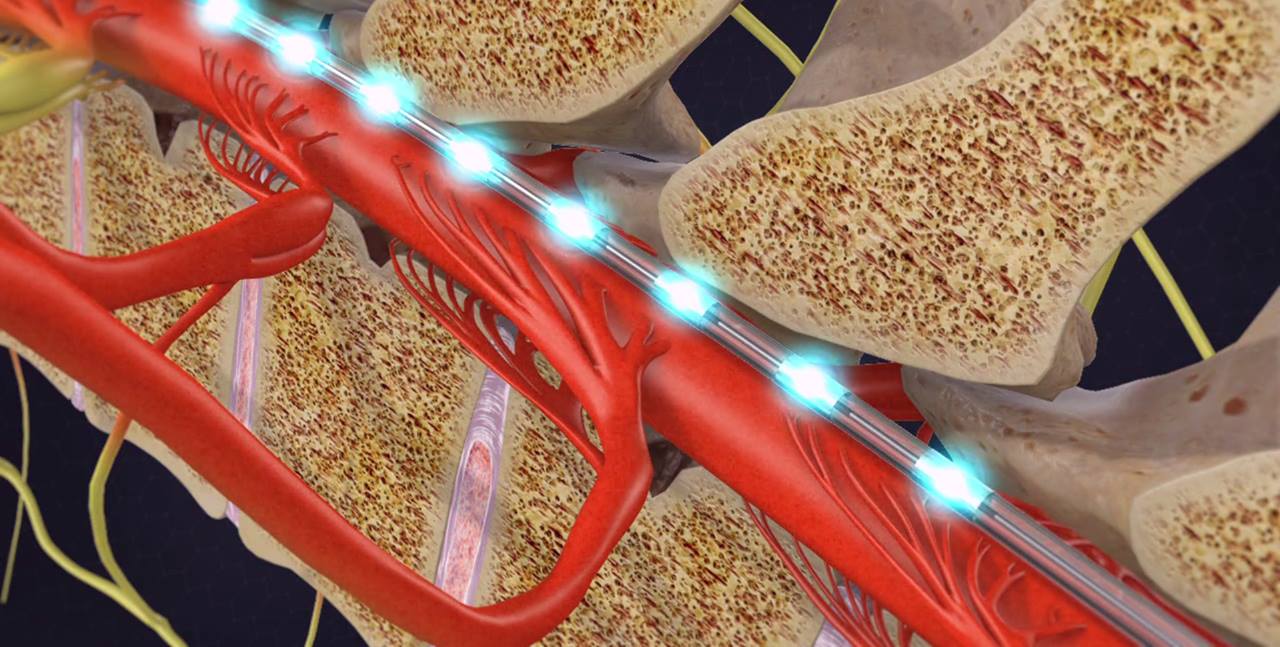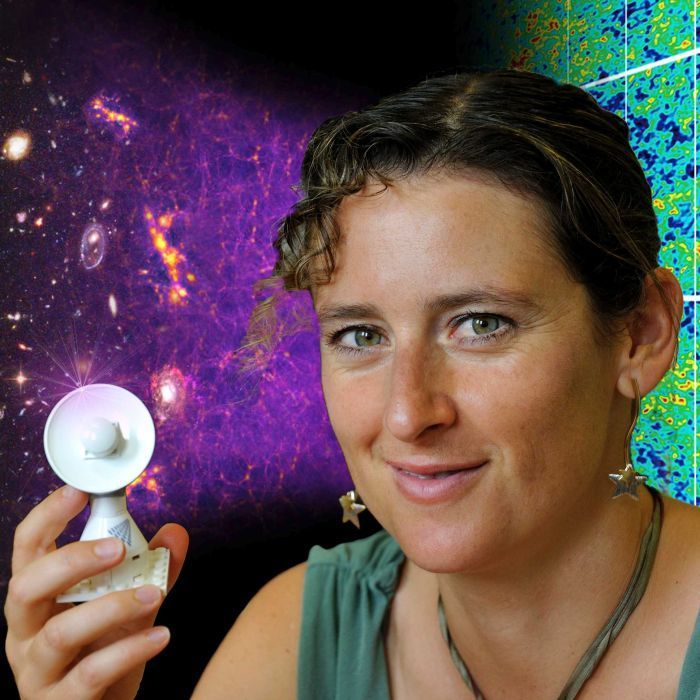Mar 1, 2016
Minister announces £204 million investment in doctoral training and Quantum Technologies science
Posted by Karen Hurst in categories: engineering, quantum physics, science
UK is getting serious about Quantum especially in their universities; all £204 million worth.
Universities and Science minister Jo Johnson has announced two major investments in science and engineering research totaling £204 million.
Forty UK universities will share in £167 million that will support doctoral training over a two year period, while £37 million will be put into developing the graduate skills, specialist equipment and facilities that will put UK Quantum Technologies research at the forefront of the field.

